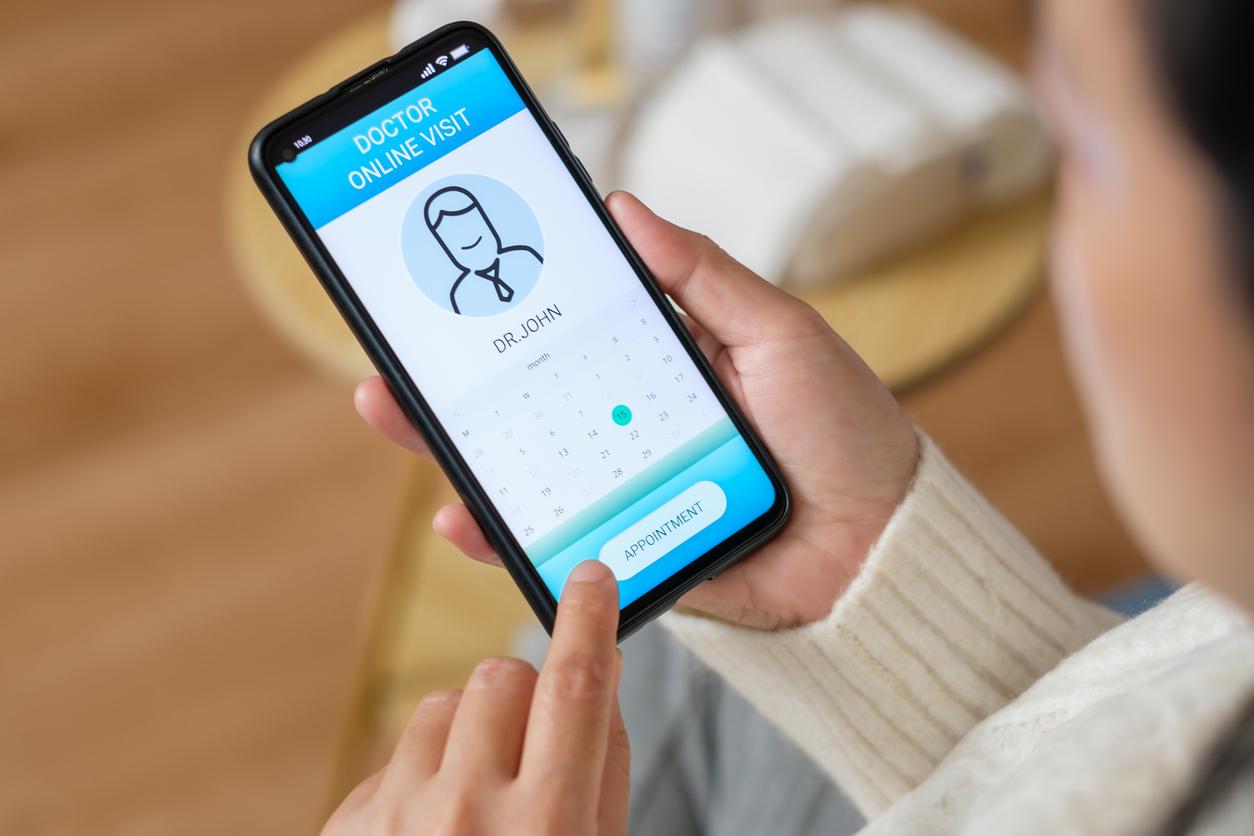The use of mobile health apps has been on the rise over the past few years, and today approximately one out of two patients report using them for fitness, preventative care, and the management of ongoing conditions. With more people using mHealth apps regularly, accessibility is becoming an increasingly important part of developing user-friendly mobile apps for businesses within the healthcare industry. When mobile health apps are designed with accessibility in mind, they become a secret weapon for delivering accessible and engaging patient care across diverse populations.
 Benefits of Accessible Health Apps for Patients
Benefits of Accessible Health Apps for Patients
Before the development of healthcare apps, patients often struggled with managing many aspects of their care. Today, patients can use mHealth apps to improve access to healthcare information and resources. Being able to use an app for appointment scheduling and medication reminders makes a significant difference in a patient’s compliance with their treatment plans.
Mobile accessibility is also important for helping patients with self-management of chronic conditions. For instance, someone with diabetes can use their app to track their blood sugar levels over time, which they can then easily pull up to share with their physician during a checkup.
Patients also use their apps to learn more about essential healthcare topics, which is empowering. In one recent study involving patients with knee pain, using an app improved the level of disease-related knowledge among participants by 52%. Giving patients knowledge at their fingertips helps them to feel more confident about managing ongoing conditions such as chronic pain.
With more people using their apps to communicate with their healthcare providers and keep track of their health symptoms and appointments, mobile accessibility is critical for giving patients what they need to manage their health. Making sure to include accessibility features such as screen reader compatibility and voice control in mHealth app development ensures that everyone can benefit from using their devices to manage their health.
Top Benefits for Healthcare Providers That Use Accessible Mobile Health Apps
Providing high-quality patient care is a primary goal of healthcare providers across all specialization areas. Healthcare apps also provide physicians and other healthcare workers with an effective tool to use for improving patient communication and checking on their patient’s adherence to their treatment plans.
Since mobile apps make it possible for healthcare providers to streamline data collection and patient monitoring, it’s easier to quickly identify challenges that patients face with managing their health. Offering solutions as soon as patients begin to struggle prevents setbacks that can impact a patient’s health and care plan.
Healthcare providers can also use mHealth app development as an opportunity to ensure that they are following the guidelines for meeting ADA regulations and WCAG compliance. Improving mobile accessibility goes further than just complying with the law. When your healthcare app is accessible to people with diverse abilities, you demonstrate a desire to promote better health for everyone.
At Semgeeks, we frequently work with healthcare providers to upgrade existing apps to be more accessible. Our team can also provide you with a brand new mHealth app that revolutionizes how you or your healthcare company provides quality patient care.
Essential Considerations for Developing Accessible Mobile Health Apps
As a healthcare provider, you’ve participated in educational opportunities that taught you everything you need to know to care for your patients. Similar to how you know complicated medical terms and procedures, our team has worked hard to learn everything possible about planning for mobile accessibility in healthcare apps.
When we partner with you or your healthcare company to develop or refresh an app, we’ll focus on the essential WCAG guidelines that include creating a user-friendly interface. To get the most out of mHealth apps, patients need to be able to access pages with intuitive layouts that allow for clear navigation.
Mobile apps should also be combative with assistive technologies. Many patients may access information using screen readers, or someone who can’t type may require the ability to use voice controls. People with vision challenges also rely on proper color contrasts and font sizes for readability, and you’ll want to make sure your healthcare app provides text alternatives for graphics and images that may be hard for some people to comprehend.
Testing is also a critical component of creating accessible and engaging mobile Health apps for patient care. Asking for feedback from diverse populations allows your app development team to make changes that increase user-friendliness and accessibility.
The current trend regarding patients using mHealth apps is expected to continue, and investing in accessible mobile apps allows you to meet your goals as a healthcare provider by streamlining patient care. Whether you’re focused on patient education or ensuring compliance with treatment plans, you’ll find everything you need to be successful in a well-designed app. Take a moment out of your busy schedule to reach out to us at Semgeeks today. We’ll help you create an accessible mHealth app that your patients are eager to use to improve their health.
 Benefits of Accessible Health Apps for Patients
Benefits of Accessible Health Apps for Patients